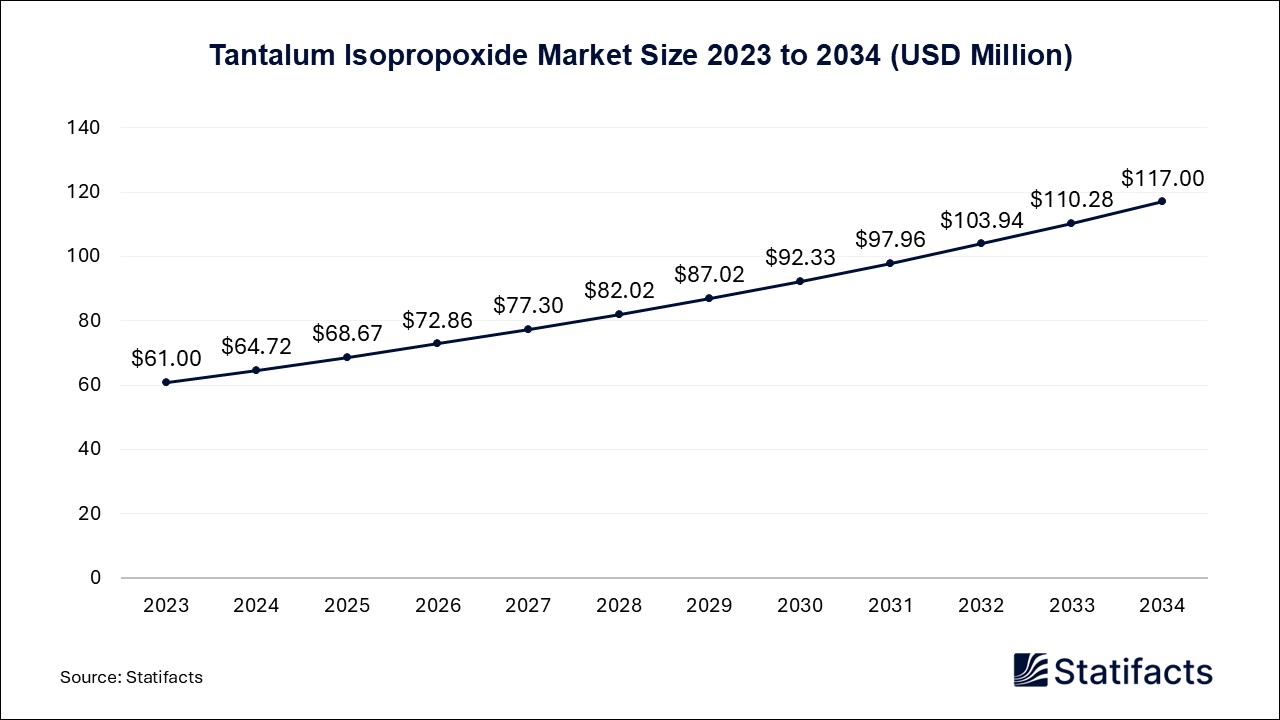

Our customers work more efficiently and benefit from
The global analytical chemistry sample preparation market size was estimated at USD 2,340 million in 2024 and is projected to be worth around USD 4,070 million by 2034, growing at a CAGR of 5.7% from 2025 to 2034.
| Industry Worth | Details |
| Market Size in 2025 | USD 2,470 Million |
| Market Size by 2034 | USD 4,070 Million |
| Market Growth Rate from 2025 to 2034 | CAGR of 5.7% |
The analytical chemistry sample preparation market refers to the production, distribution, and application of the in. analytical chemistry, sample preparation is the process in which a representative piece of material is extracted from a larger amount and readied for analysis. According to the International Union of Pure and Applied Chemistry (IUPAC), a sample is defined as a portion of material selected from a larger quantity of material. Sampling is defined as the total of activities that end with the acquisition of the test portion.
The basic steps involved in sample preparation are sampling, homogenization, extraction, purification, and concentration. These steps may vary depending on the type of sample like solid, liquid, and gases, and the analysis method used. Sample preparation is the process where a representative piece of material, chemical, or substance is extracted from a larger amount, bulk, or batch for subsequent analysis. Representative samples are selected to accurately reflect the larger group and represent the characteristics of the whole material. Sample preparation is important because it makes the matrix more suitable for analysis in several ways, including removing interfering elements and releasing analytes from the matrix. Concentrating the matrix if analyte levels are too low based on the detection limits of our analytical technique.
Technological advancements are driving the growth of the analytical chemistry sample preparation market. Modern automated sample preparation methods improve throughput, precision, and accuracy while reducing health risks associated with hazardous chemicals or biological agents. Automation of sample preparation is one of the most effective strategies for achieving fast and simple analytical methods. Automating modern microextraction techniques is important in improving the analytical process’s efficiency, reliability, and reproducibility. Automation microextraction techniques reduce human errors, fatigue, and variability leading to better precision and accuracy of the final analytical result.
Automating sample preparation can also speed up the processing of multiple samples and improve throughput and efficiency. Miniaturization can cut costs by decreasing reagent and sample requirements, increasing ease of use for non-experts, and allowing deployment. Robotic techniques and on-flow techniques are two common approaches for automating sample preparation in chromatography and mass spectrometry. Technological advances have enhanced the accuracy and efficiency of sample preparation processes.
The rising demand for accurate testing in environmental monitoring, pharmaceuticals, and food safety is driving the growth of the analytical chemistry sample preparation market. Environmental monitoring helps to avoid environmental degradation. Also provides timely measures for areas with potential or polluted environmental risks. Quality control (QC) testing plays a critical role in ensuring the safety and efficacy of drugs in the pharmaceutical industry.
The purpose of QC testing is to verify that a drug product meets specific quality standards and that it is free from contaminants or other impurities that may pose a risk to patient health. Pharmaceutical testing is important because it prevents prescription drug misuse, provides legal evidence and substance use disorder treatment. The benefits of food safety and quality include access to sufficient amounts of safe and nutritious food is key to sustaining life and promoting good health. According to the Food Safety World Health Organization, unsafe food containing harmful bacteria, viruses, parasites, or chemical substances causes more than 200 diseases, ranging from diarrhea to cancer.
Published by Laxmi Narayan , March 2025
For any questions about this dataset or to discuss customization options, please write to us at sales@statifacts.com
| Stats ID: | 8142 |
| Format: | Databook |
| Published: | March 2025 |
| Delivery: | Immediate |
| Price | US$ 1550 |




| Stats ID: | 8142 |
| Format: | Databook |
| Published: | March 2025 |
| Delivery: | Immediate |
| Price | US$ 1550 |

You will receive an email from our Business Development Manager. Please be sure to check your SPAM/JUNK folder too.

Unlock unlimited access to all exclusive market research reports, empowering your business.
Get industry insights at the most affordable plan
Stay ahead of the competition with comprehensive, actionable intelligence at your fingertips!
Learn More Download
Download
